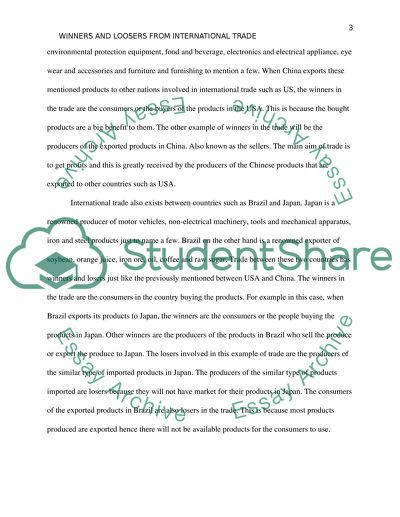Cite this document
(“Examples of winners and losers from international trade Research Paper”, n.d.)
Retrieved from https://studentshare.org/macro-microeconomics/1476587-examples-of-winners-and-losers-from-international
Retrieved from https://studentshare.org/macro-microeconomics/1476587-examples-of-winners-and-losers-from-international
(Examples of Winners and Losers from International Trade Research Paper)
https://studentshare.org/macro-microeconomics/1476587-examples-of-winners-and-losers-from-international.
https://studentshare.org/macro-microeconomics/1476587-examples-of-winners-and-losers-from-international.
“Examples of Winners and Losers from International Trade Research Paper”, n.d. https://studentshare.org/macro-microeconomics/1476587-examples-of-winners-and-losers-from-international.


